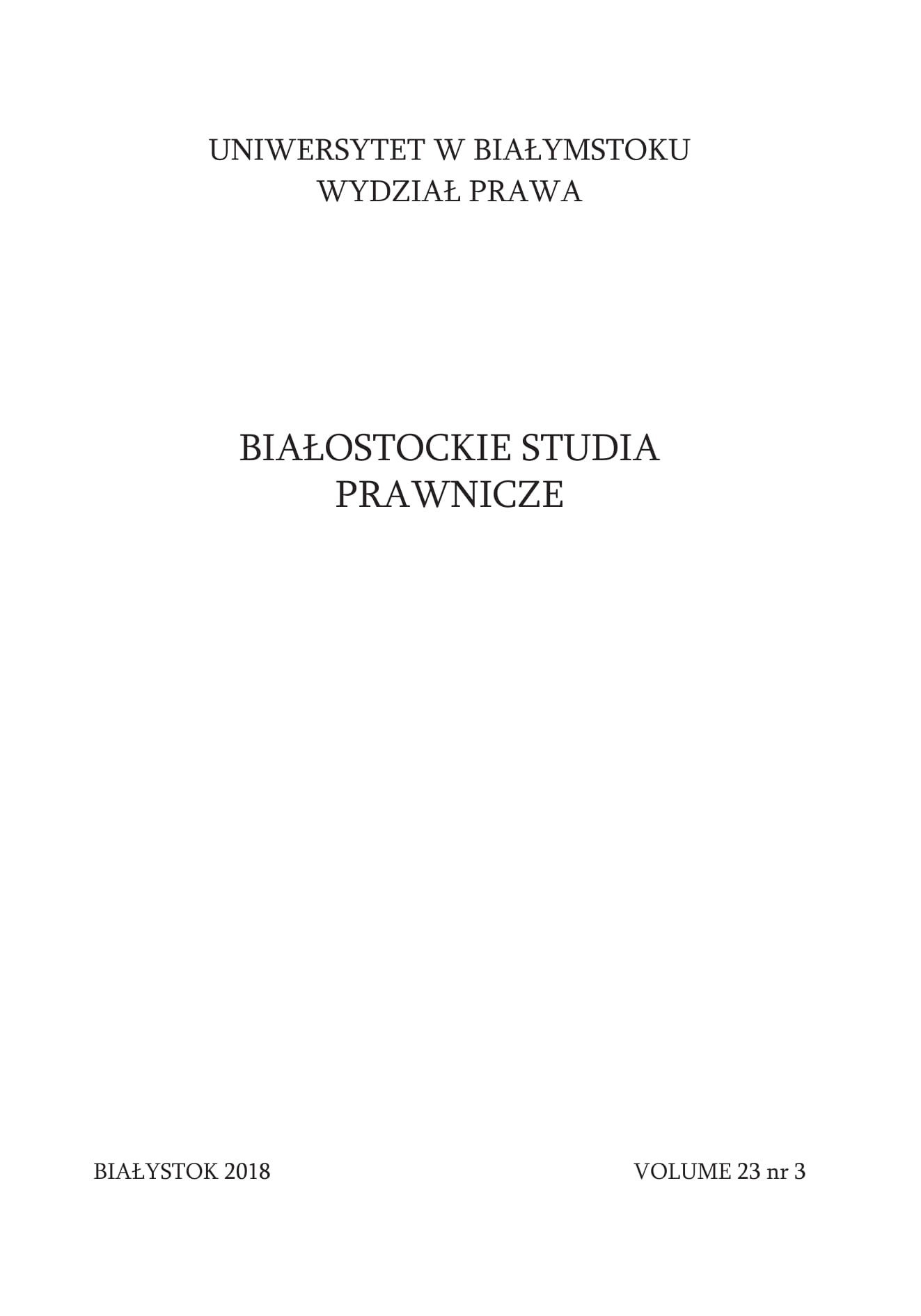The Pedagogy of Placements in Criminology Teaching: An Interactive Parallel Model of Criminological Learning
The Pedagogy of Placements in Criminology Teaching: An Interactive Parallel Model of Criminological Learning
Author(s): Anne L. Eason, Kate BramfordSubject(s): Education, Higher Education , Philosophy of Law, Sociology of Law
Published by: Temida 2
Keywords: pedagogy; criminology; mentoring; work-based learning; experiential learning; higher education
Summary/Abstract: Formalised placements in criminological programmes are not a widely used teaching strategy in England and Wales (United Kingdom). This article presents the findings of a small study which explored how placements reinforced and enhanced the criminological understanding of the student and whether there were benefits for mentors. The preliminary results indicated a positive correlation between what the student had learned in the classroom, and how this was applied in the “real world”. Building on Wenger’s communities of practice and Dalrymple, Kemp and Smith’s triadic learning, there emerged a parallel model of interactive criminological learning for students and mentors; a model that could not be emulated through traditional pedagogical teaching alone, thus reinforcing the concept of experiential learning (Kolb, 2015), in a journey framed by Burch as that from unconscious knowledge and application to a conscious competent performance.
Journal: Białostockie Studia Prawnicze
- Issue Year: 3/2018
- Issue No: 23
- Page Range: 85-96
- Page Count: 12
- Language: English

